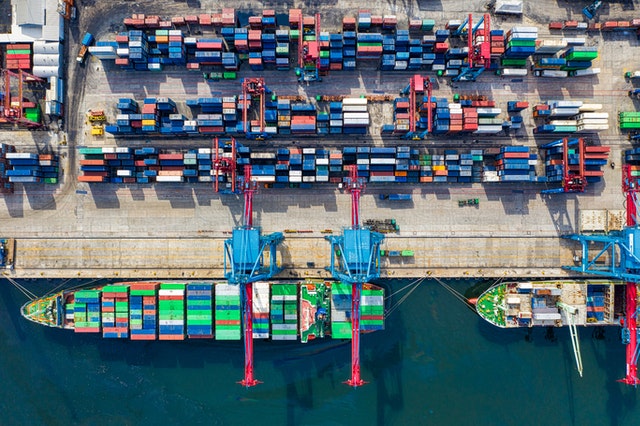We can summarize the entire 2020 with a single word COVID-19. All the industries across the globe were adversely affected by this pandemic, probably healthcare being an exemption. The impact of COVID-19 is still there at many places, and when it comes to freight forwarders, this had been much troublesome and challenging for them. However, the post-pandemic era is expected to put forth a unique opportunity for the freight services to digitally transform themselves as the market is getting saturated by the commoditized offerings.
As freight forwarding is expected to reach the peak by the end of 2021 and with limited containers available for goods movement, those services which navigate to more tech-savviness are expected to enjoy greater profitability. In this article, we will discuss some of the biggest challenges for freight forwarders this year and expert advice to overcome them.
Less container space
The demand for ocean freight declined in 2020, which was true for the first half of 2021, but since then, demand has skyrocketed. It is growing day after day, and despite the lockdowns at many destinations, demand for consumer good movements, medical equipment, and many other things have grown significantly. This was in total reverse to what the experts expected, and the ocean carriers are now reaching the optimum of their capacity on the trade lines. All this means the spot rates are going to be far higher further.
The df directory listed freight services show the statistics that there is a 279% increase in the demand for container space compared to last year. This was something unprecedented and put the service providers in a dilemma lately. It is predicted that the trend will continue more as the pandemic recedes and demand for land and ocean freight will boom like anything.
For freight forwarded, speed is the winning factor to gain a significant advantage in market competition. Space guarantee is a crucial thing now than ever before, and it is essential to gain direct access to the ocean carriers to book the best rates for customers.
Digital transformation in freight forwarding
As we can see, technological advancements contribute largely to the speed and efficiency of freight movements. The ocean carriers are now into a digital transformation to streamline their freight procurement to generate some stable revenue channels. The latest industry trends showcase the fact that technologically advanced companies will have a significant advantage. By the end of 2021, about 60% of the total short-term booking for shipments may be through online platforms. The freight associations also now work towards building common technological platforms for the members to leverage the technological advancement in AI, analytics, machine learning, and the Internet of Things, etc., in easy and effective freight handling.
It is also important to make the technology systems and infrastructure immune from any cyberattacks along with the digital transformation. We can see that cyber attackers tend to largely focus on shipping companies because of the criticality of their services and the scope of getting a ransom. So, the freight services need to safeguard their system to avoid or minimize the scope of any cyberattacks.




